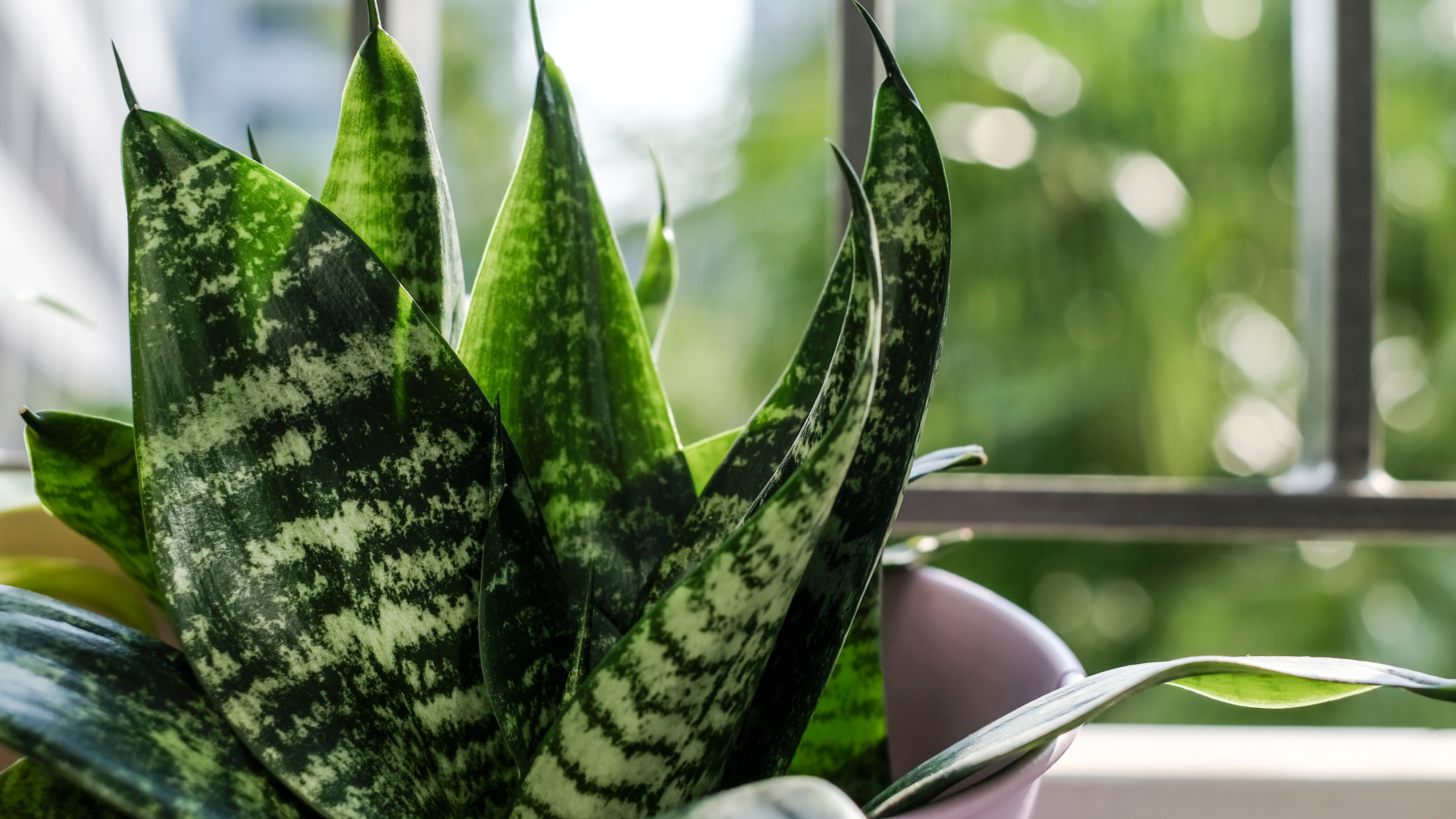
Knowing how to care for snake plants is easy and even beginner plant parents can be hopeful for lush green leaves. Snake plants, or sansevierias as they're known in Latin, are a firm favorite with many indoor plant growers. And no wonder: these are some tough houseplants, able to tolerate low-light conditions and a fair bit of neglect, all of which contribute to their reputation as plants you can't kill.
However, just like all of the best indoor plants, snake plants will eventually begin to suffer if you don't look after them correctly. If it's just the occasional watering you skip, they won't mind. But you do need to meet at least some of their requirements to enjoy thriving sansevierias. Here's what you need to know.
How to care for a snake plant
As with any plant, care is a combination of correct watering, light levels, feeding, potting and temperature. Get this habitat right and you are on to a winning plant formula.
1. Position in bright, indirect light
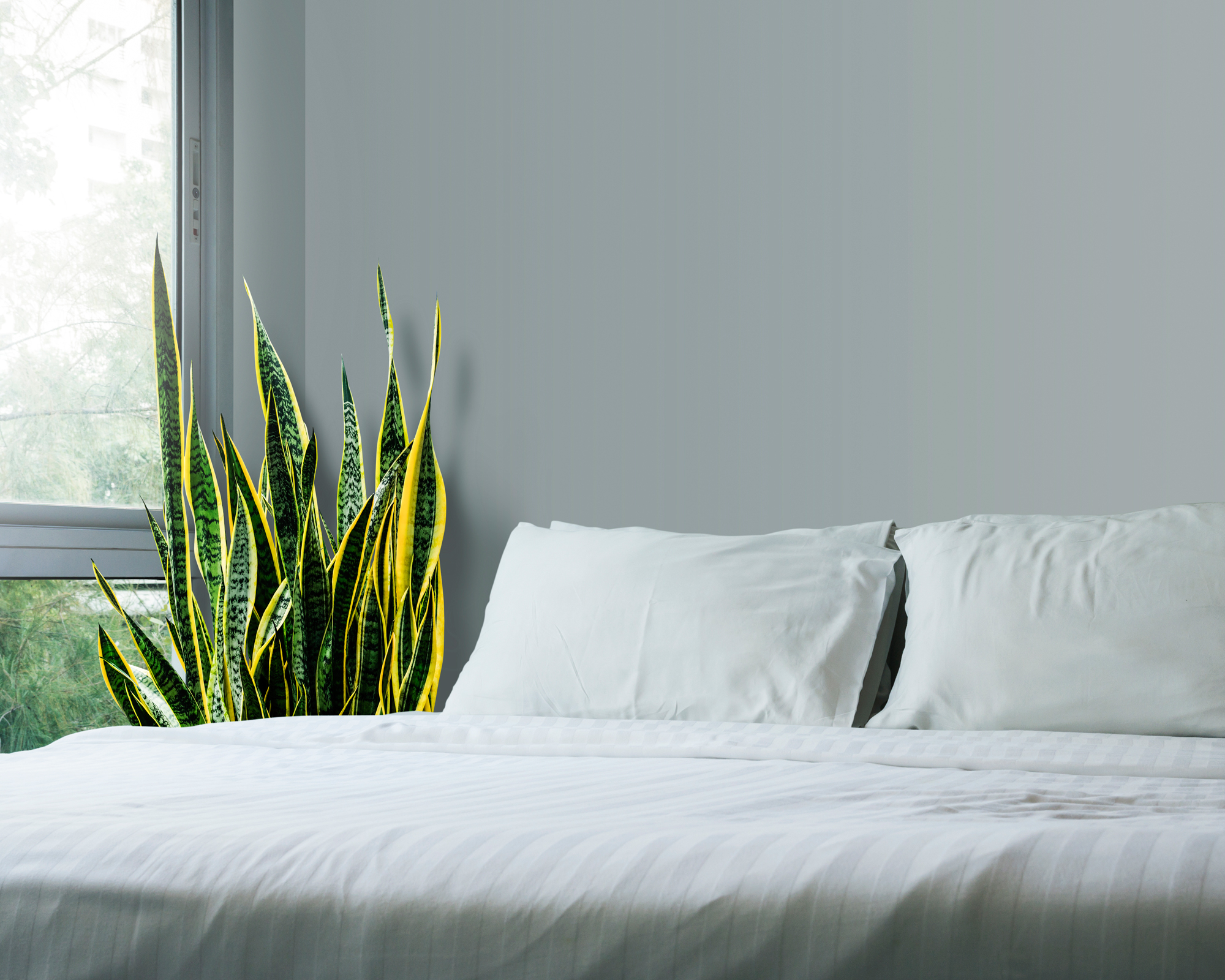
Snake plants are often hailed as one of the best plants for shade, but they actually thrive in bright, indirect light. Matt Kostelnick, Senior Horticulturist at Ambius, says that 'snake plants prefer bright indirect light, set by a window facing east. Avoid direct sunlight as it has the potential to dry them out quickly. Very low light can make the snake plant’s leaves very weak and stretched out, causing them to wilt and flop over instead of standing upright as they should.'
In layman's terms, this means a bright room, but out of full sun is best.
2. Water regularly – but not too often
As with most houseplants, your watering routine will either make or break your plant and water stress is common. The trick is not over overwater; according to Kostelnick, 'depending on multiple factors, including the size of the plant and humidity levels in your home, the time between waterings can range anywhere from two to six weeks.'
If you don't think you'll be able to remember how many weeks have passed since you last watered your snake plant, do what houseplant expert Ayelet Faerman does. Faerman is the co-founder of Verdant Lyfe, a company that ships houseplants all over the USA. Faerman told us that she waters her sansevierias 'on the 1st and 15th of every month.' You can even put reminders in your phone if it makes it easier to remember.
You want the soil to dry out between waterings to avoid root rot, so when watering day comes, check the soil is dry by poking a finger into the soil. If little soil sticks, it is dry enough for a drink. If your finger is covered in damp soil, leave it a little longer.
3. Choose soilless potting mix over soil
Kostelnick recommends using 'a soilless potting mixture that contains organic and inorganic materials instead of soil.' A soilless mix 'does wonders for snake plants because they can be prone to rotting.'
You can buy soilless potting mix on Amazon. If you don't want to get any, though, a regular soil mixture 'will work well too as long as you make sure the mixture is well-drained, letting the water pass through at a steady rate.'
4. Always plant in a pot with a hole
Many people keep their houseplants in planters without drainage holes. This means that water has nowhere to drain after you've watered your plants, making their roots soggy and prone to rot.
Rather than planting directly into your decorative pot, use an inner pot with plenty of drainage. Don't let this touch the base of the pot. Use grit or small stones to raise the pot, allowing any excess water to sit here, away from the roots, and evaporate.
5. Try to keep them in a room with a stable temperature
Most indoor plants that originate in tropical regions, including the snake plant, dislike large temperature fluctuations and drafts. According to Kostelnik, 65 degrees farenheit (around 18 degrees celsius) is the 'ideal' temperature for snake plants. Always keep them away from sources of heat such as radiators and away from windows if you live in a climate where it gets really cold.
Caring for a snake plant: troubleshooting
Snake plants a resilient and will tolerate a bit of neglect. However, there are some things that they really won't tolerate well. These are:
- Overwatering: Kostelnick cautions that 'overwatering will be the demise of your plant. A clear sign that your plant is being overwatered is if you see its leaves start to turn yellow and the base starting to rot.'
- Pot-bound plants: 'Snake plants can also have strong rhizomes that will expand and can cause pots to crack. When that happens, it should be transplanted into a pot that is one container size bigger. For example, if the plant is 10 inches long, you should re-pot it into a 12-inch container.'
- Pots without drainage: These will cause root rot. Faerman advises that 'if they do get root rot they can be saved by cutting away any rot and then I like to use hydrogen peroxide to sterilize and get them rooted again in water.'
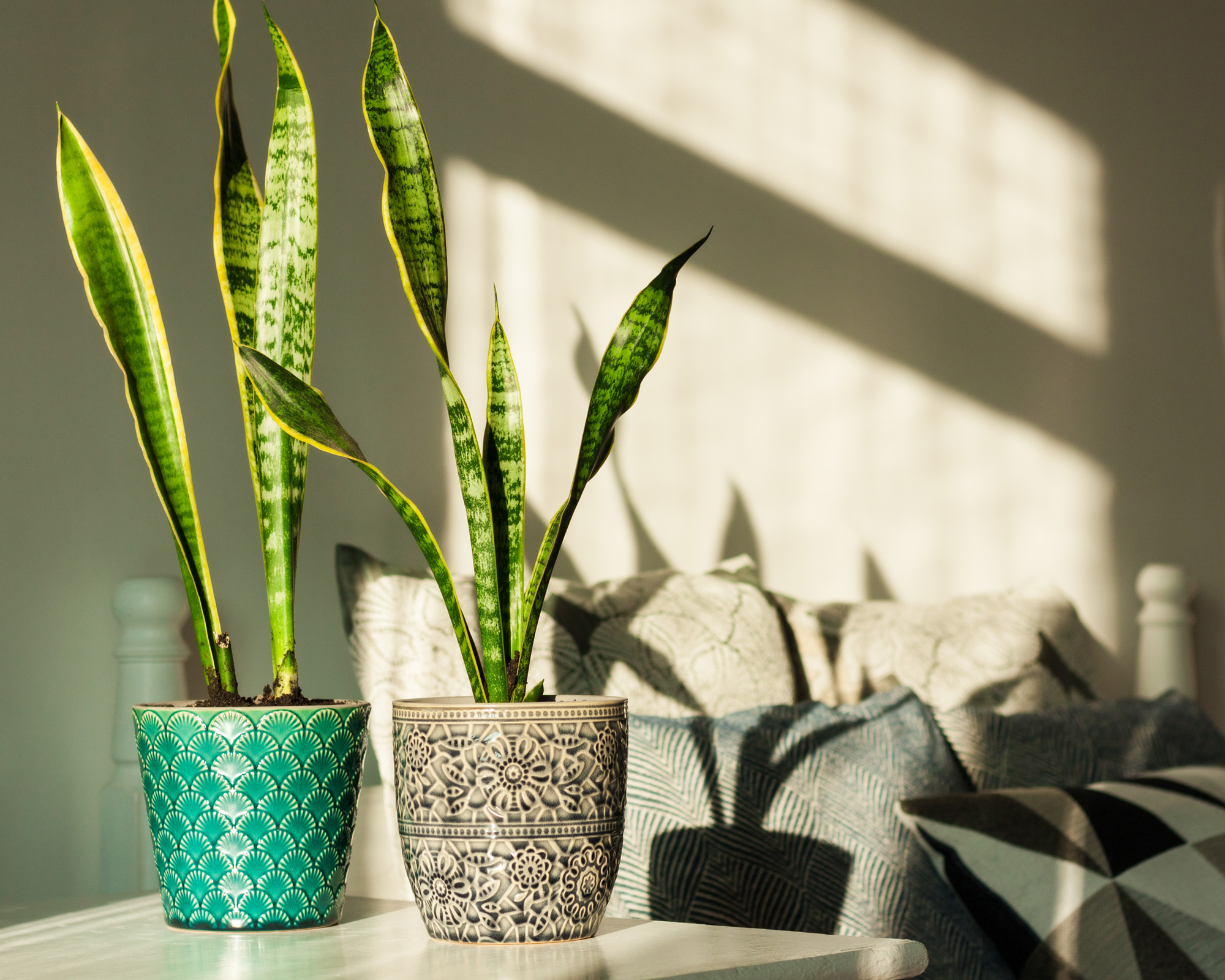
How do I know if my snake plant is healthy?
A healthy snake plant has firm, glossy leaves. Depending on the variety they can be a darker or a lighter green, but never yellow. By contrast, an unhealthy snake plant will have flimsy leaves that may have trouble staying upright, or yellowing leaves that are falling off.
How long does a snake plant live?
Decades, if you take good care of it. A healthy snake plant that stays in the same position for many years and gets adequate nutrition may well live 25–30 years.
Is snake plant toxic?
Snake plant is toxic if ingested to humans and animals. Keep it away from cats and dogs (especially nibbly puppies) and choose a pet-safe house plant instead.
Join our newsletter
Get small space home decor ideas, celeb inspiration, DIY tips and more, straight to your inbox!
Anna is a professional writer with many years of experience. She has a passion for contemporary home decor and gardening. She covers a range of topics, from practical advice to interior and garden design.
-
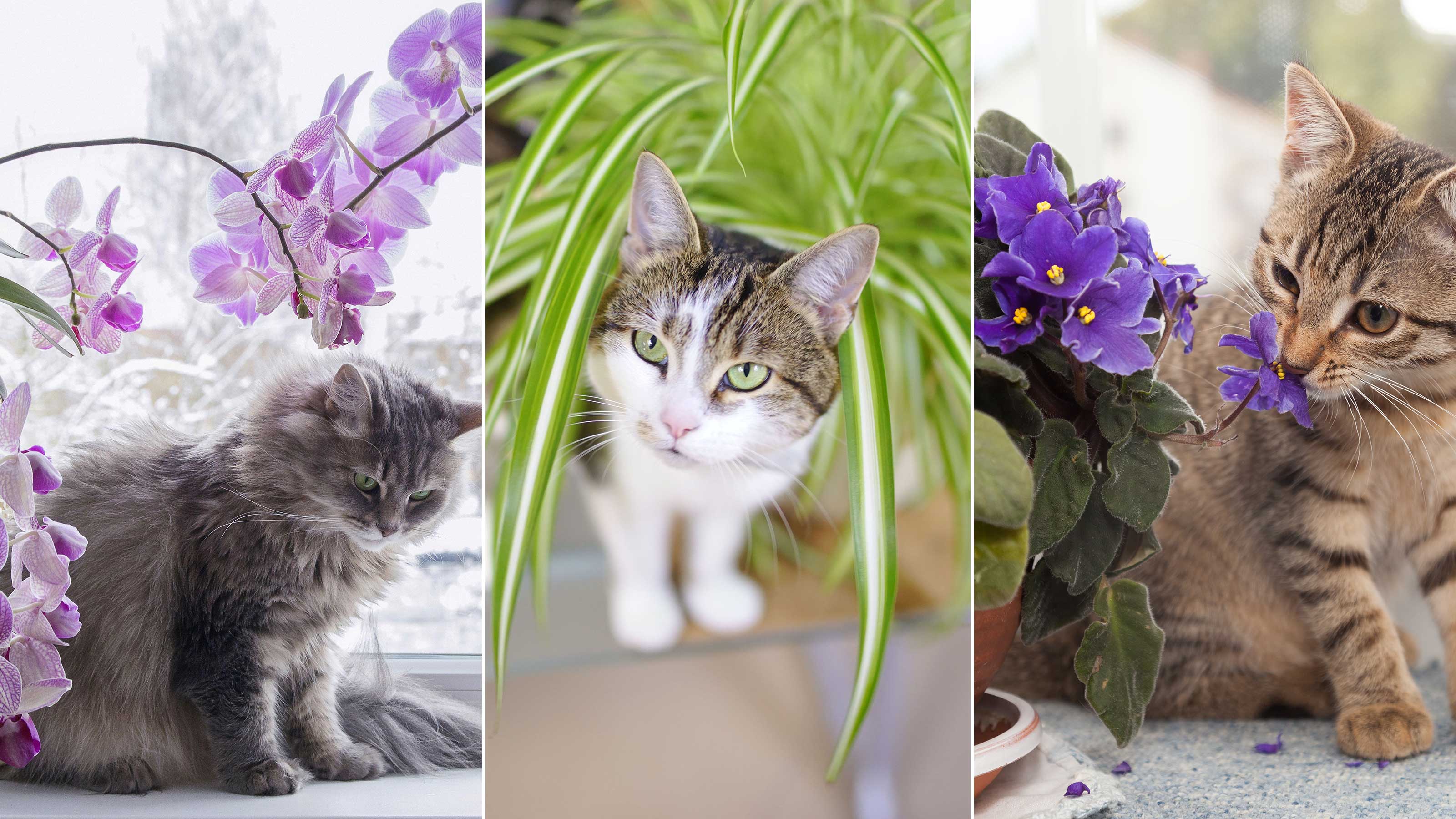 10 houseplants that are not toxic to cats — plus expert advice on keeping your pets safe
10 houseplants that are not toxic to cats — plus expert advice on keeping your pets safeKeep your four-legged companion safe by choosing these houseplants that are not toxic to cats, and learning the dangers of those that are, according to veterinary experts
By Holly Crossley
-
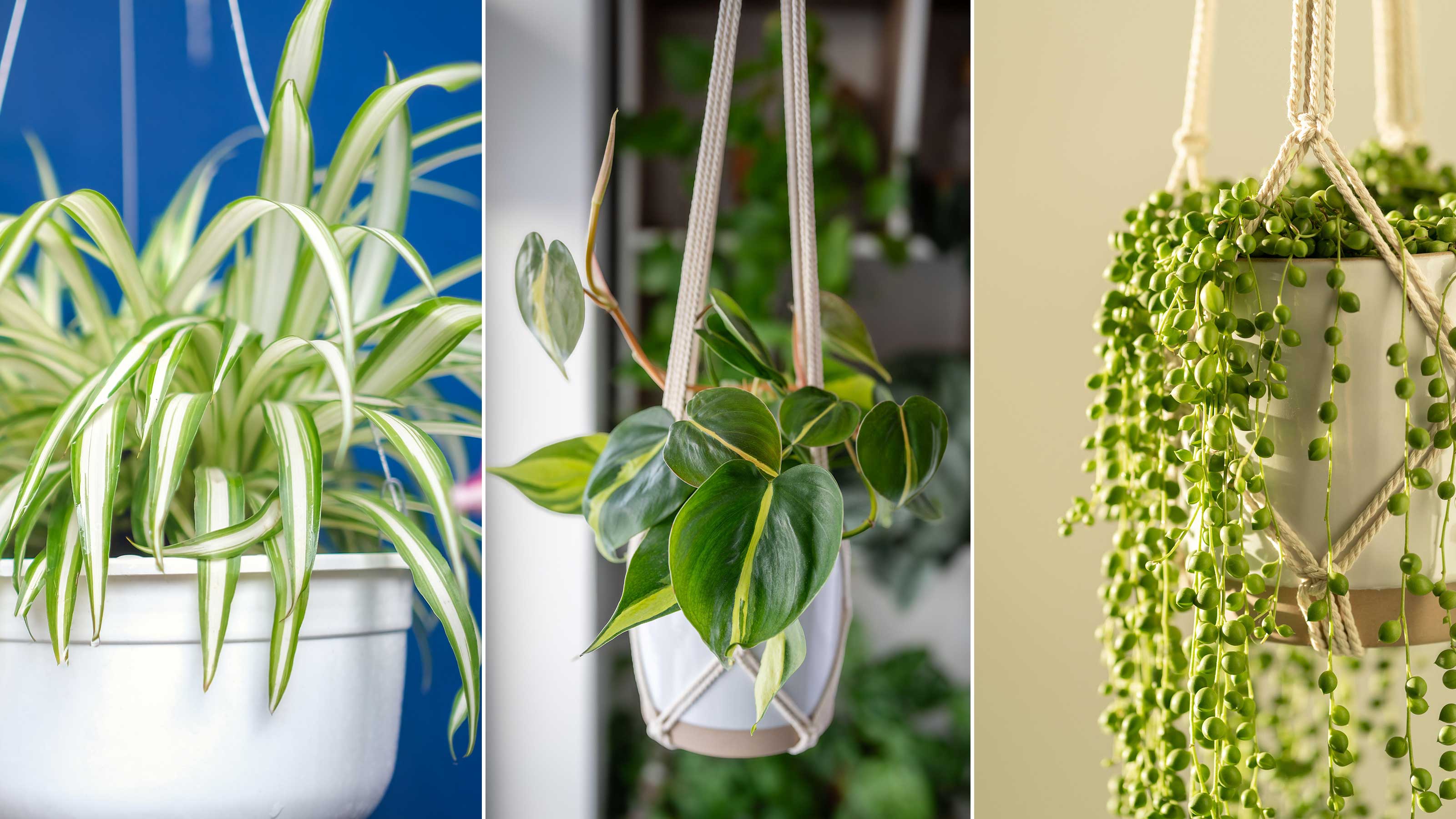 Best hanging basket houseplants — 10 leafy options for maximizing vertical space
Best hanging basket houseplants — 10 leafy options for maximizing vertical spaceDiscover the best hanging basket houseplants for elevating empty spaces in your home, as well as expert tips on how to keep them looking their best
By Holly Crossley
-
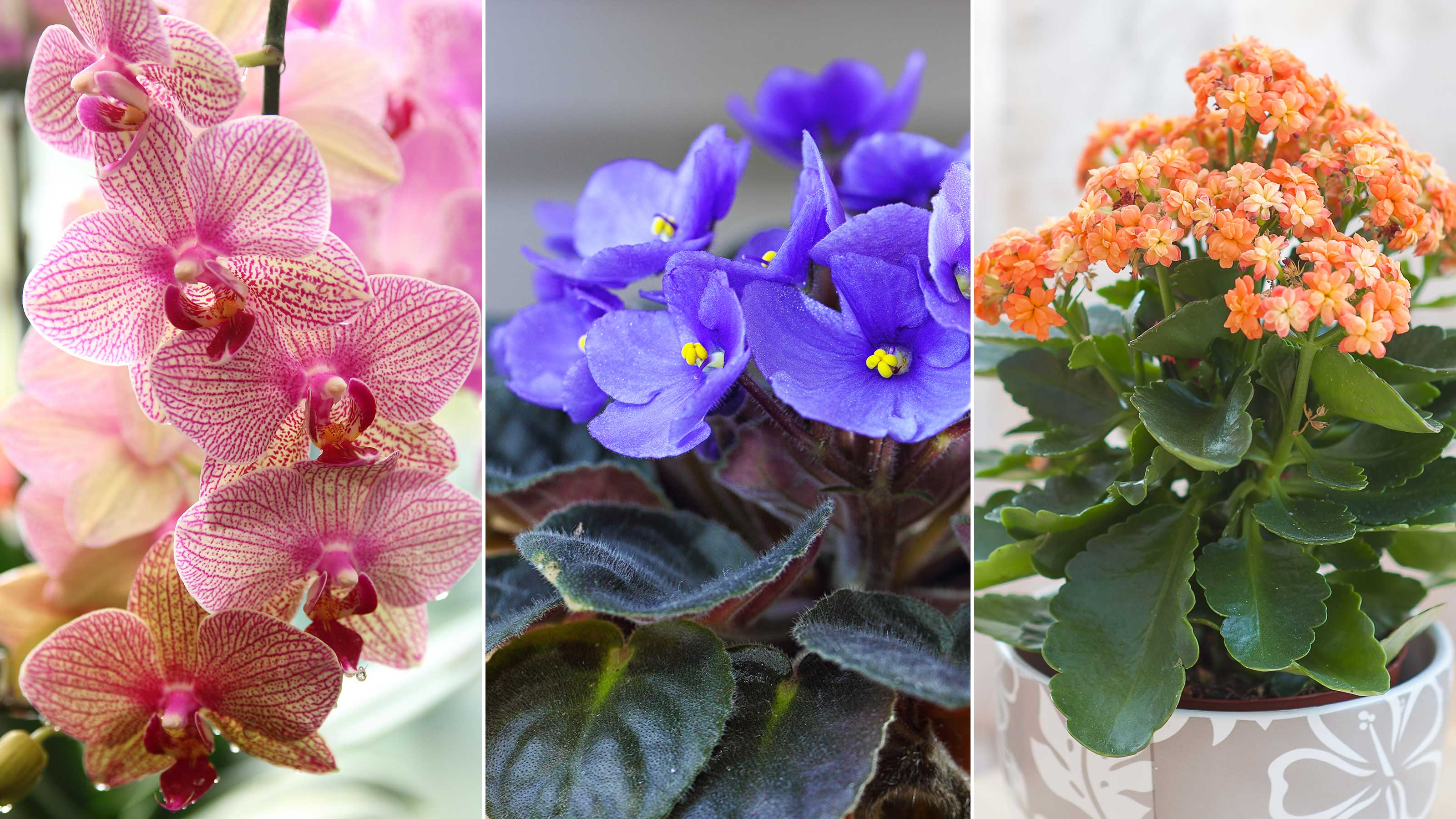 The 10 best indoor flowering houseplants to bring natural beauty to your space — including ones that blooms for months
The 10 best indoor flowering houseplants to bring natural beauty to your space — including ones that blooms for monthsThese are the best indoor flowering houseplants to beautify an interior scheme, plus expert advice on plant maintenance and styling
By Holly Crossley
-
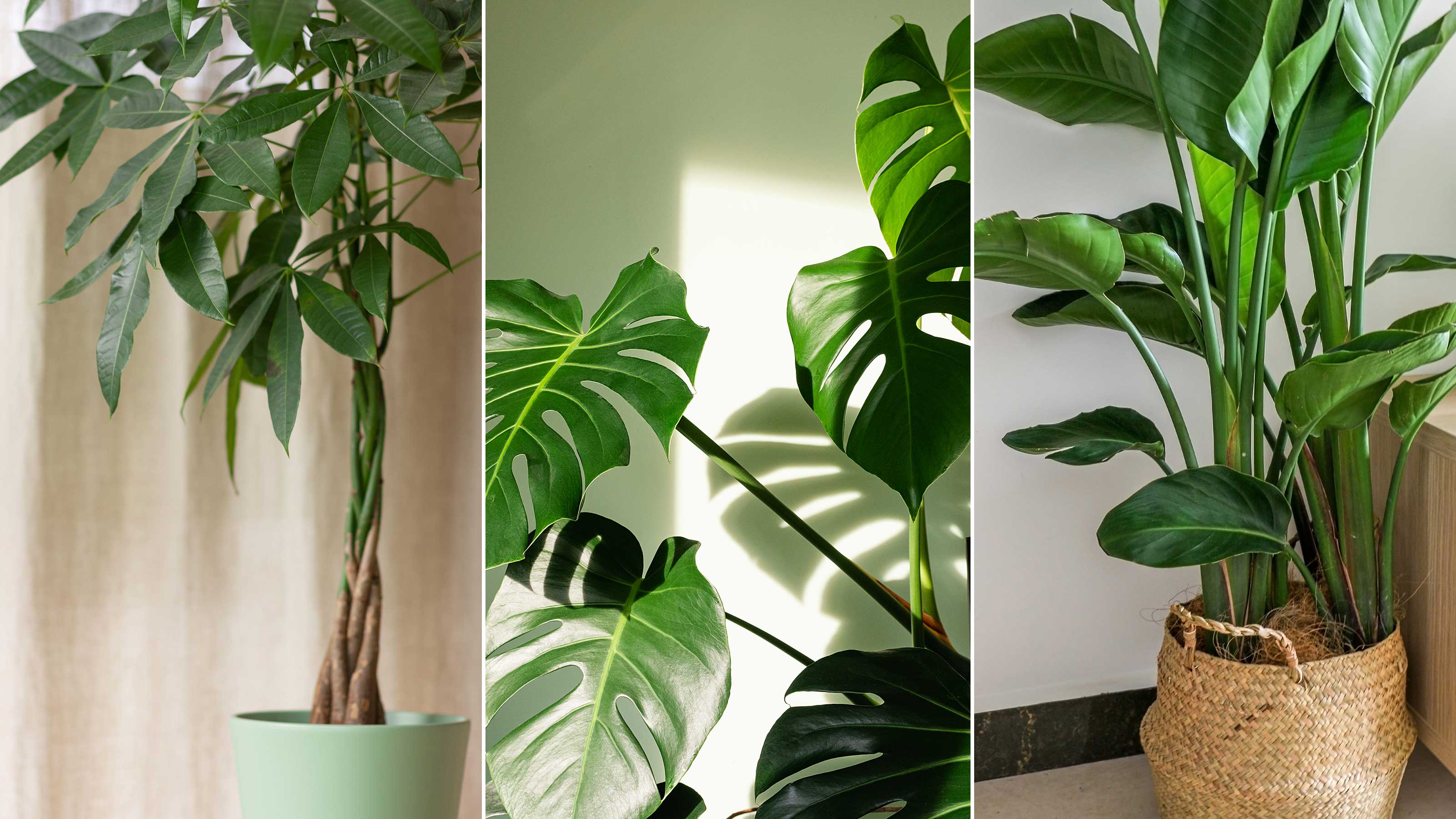 Best tall houseplants — 10 lofty options for indoor spaces
Best tall houseplants — 10 lofty options for indoor spacesThe experts reveal the best tall houseplants for a beautifully botanical interior scheme, plus practical tips on how to care for them
By Holly Crossley
-
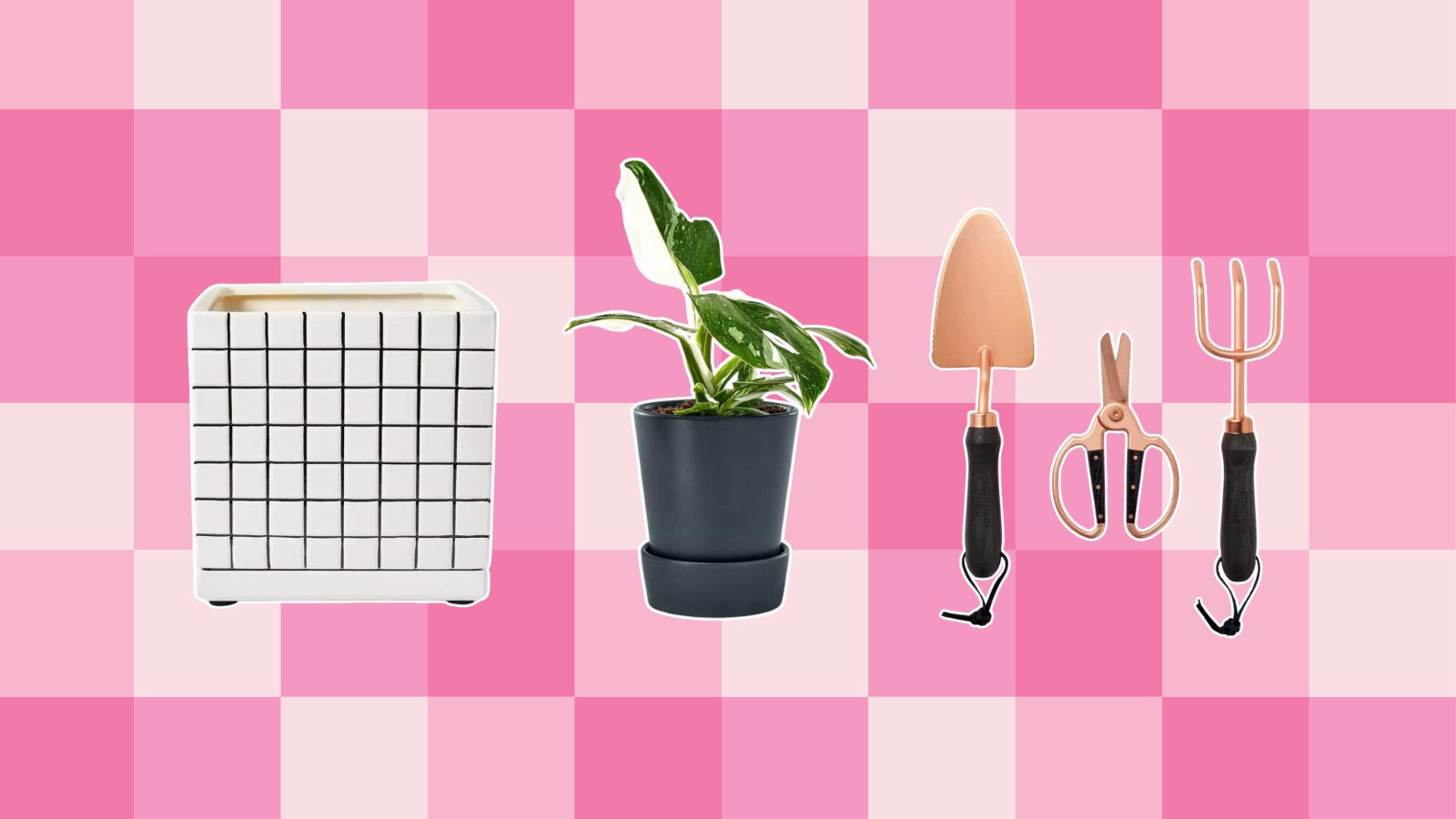 The new Hilton Carter Target line is every plant parent's dream — shop our favorite picks from $20
The new Hilton Carter Target line is every plant parent's dream — shop our favorite picks from $20The new Hilton Carter Target line is here and complete with live plants, cute decor, and handy tools. Shop our favorite picks from $20
By Danielle Valente
-
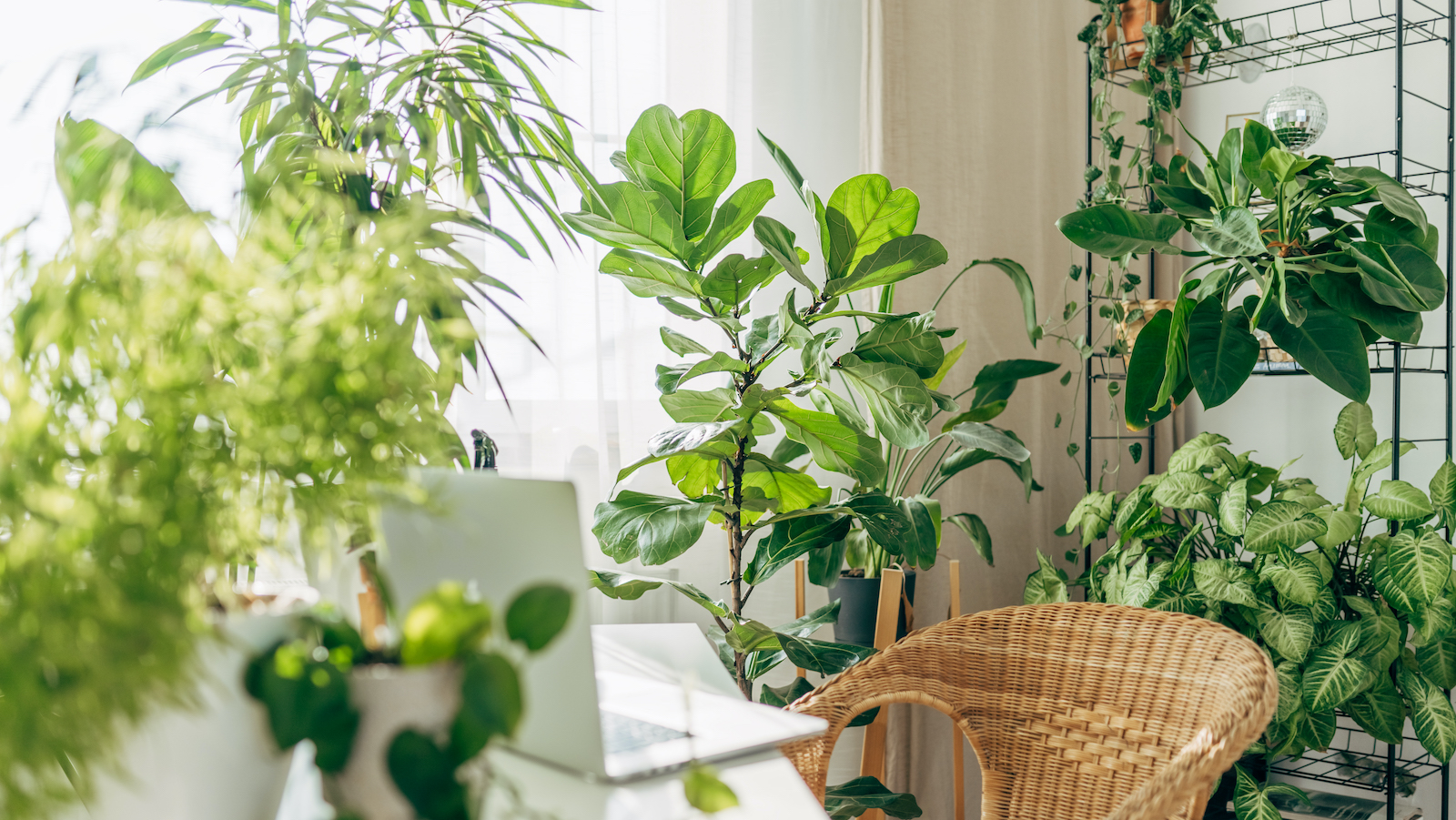 How to pollinate indoor plants — gardening experts spill their best tips
How to pollinate indoor plants — gardening experts spill their best tipsCurious how to pollinate indoor plants and when it is necessary? Let our gardening experts break it all down
By Danielle Valente
-
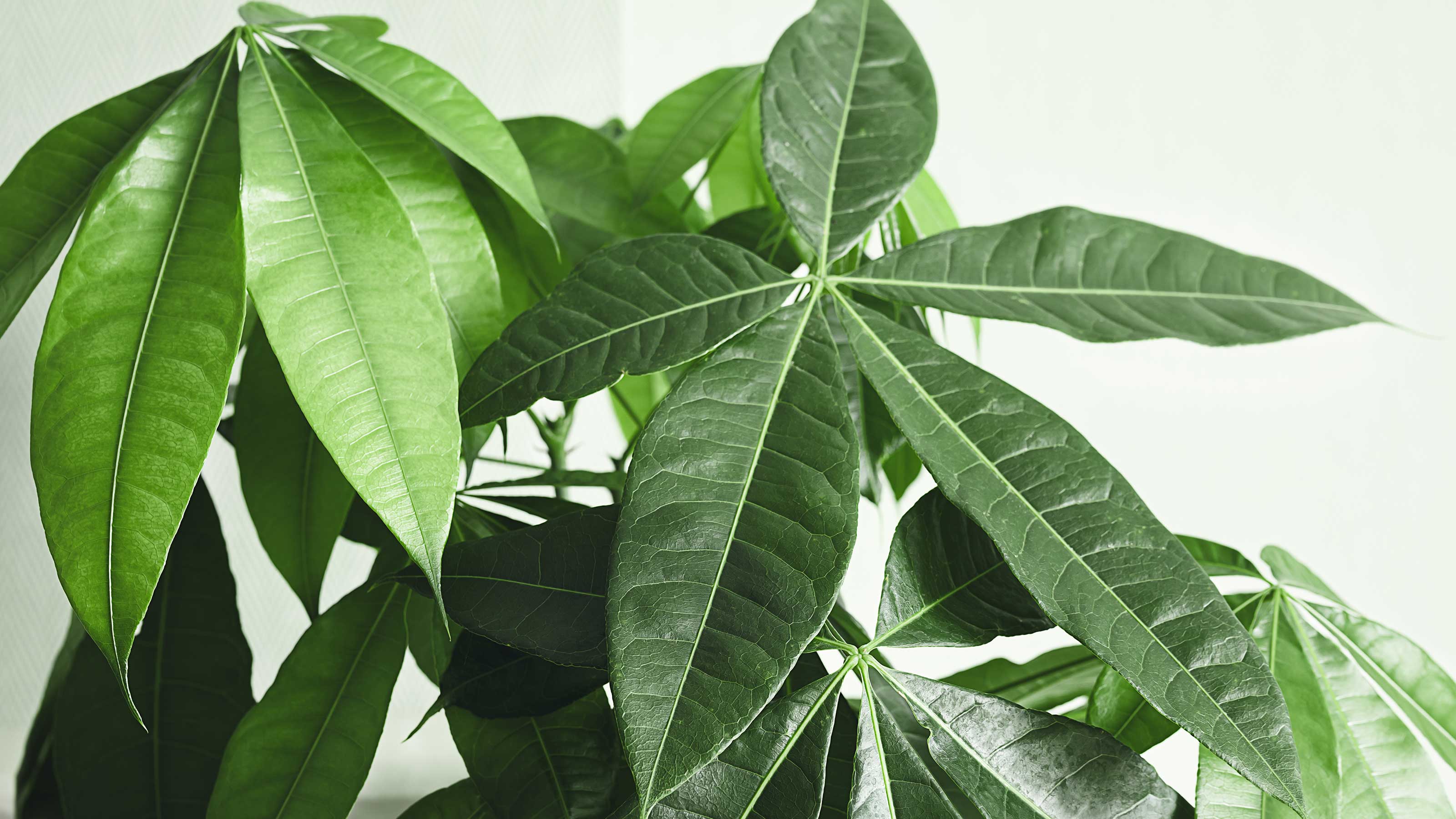 How to care for a money tree — 7 tips for thriving indoor plants
How to care for a money tree — 7 tips for thriving indoor plantsThe experts share top advice on how to care for a money tree, including practical tips for watering, soil type, and pest control
By Holly Crossley
-
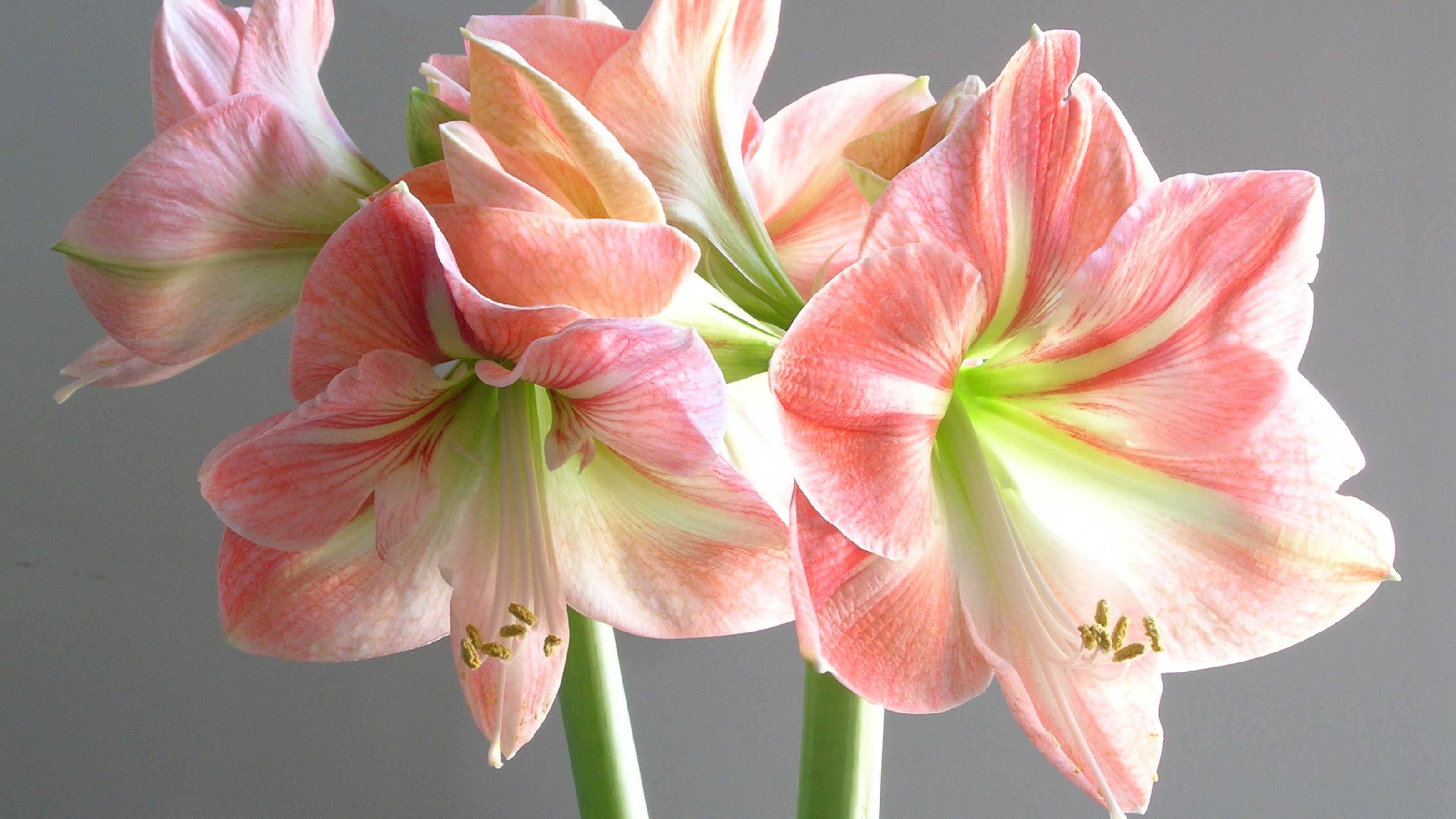 How to care for amaryllis — 9 tips for these fabulous flowering bulbs
How to care for amaryllis — 9 tips for these fabulous flowering bulbsLearn how to care for amaryllis with this practical guide, including expert-approved info on pruning, propagating, and whether you can move them outdoors
By Holly Crossley